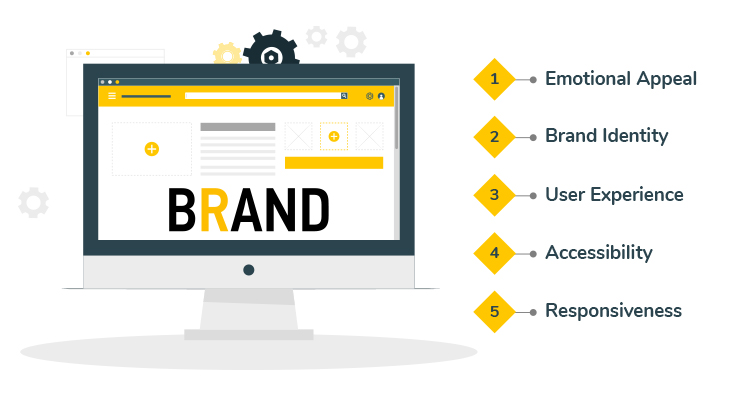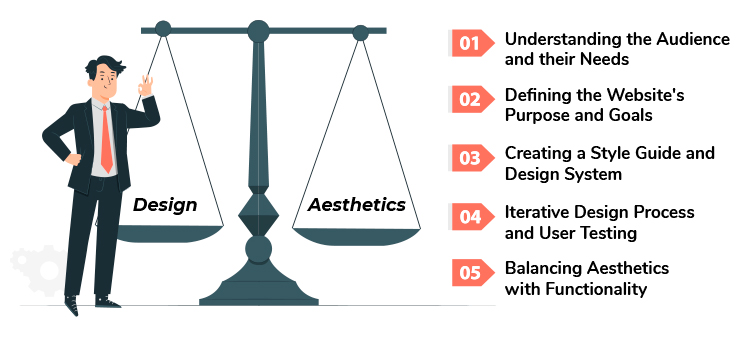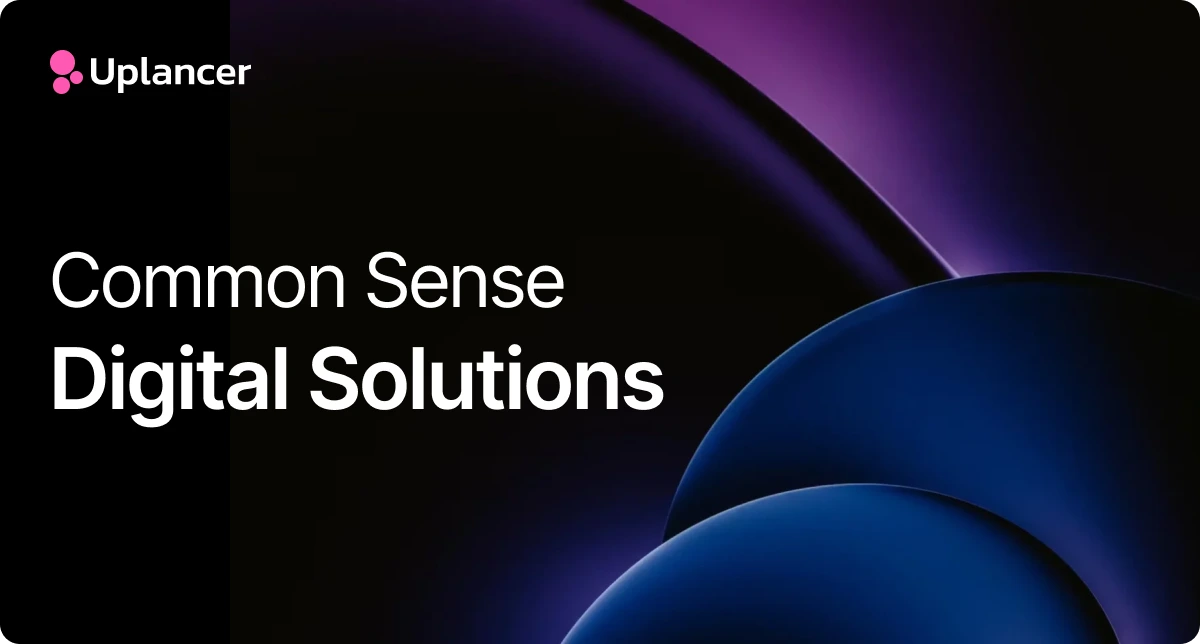Design vs Aesthetics: Striking the Balance for an Eye-Catching Website

When it comes to designing a website, there are two crucial elements to consider: design and aesthetics. While these terms may seem interchangeable, they are actually distinct concepts that must be balanced to create an eye-catching website.
Design encompasses the layout, navigation, and functionality of a website, while aesthetics refer to the visual appeal, emotional appeal, and brand identity of the website. In this blog, we will explore the differences between design and aesthetics and provide tips on striking the right balance between the two for an eye-catching website.
Understanding Design and Aesthetics
Design refers to the functional and practical elements of a website, including its layout, navigation, and functionality. In other words, design determines how a website works and how users interact with it. Design is essential for creating a user-friendly experience that guides users to the content they’re looking for and allows them to accomplish their goals on the website.
Aesthetics, on the other hand, refer to the visual and emotional appeal of a website. Aesthetics focus on the visual elements of a website, including its colour scheme, typography, imagery, and other design elements. Aesthetics play a crucial role in creating a memorable and engaging user experience that evokes the desired emotions and reinforces the brand identity.
Differences between Design and Aesthetics
While design and aesthetics are both important for an eye-catching website, they serve different purposes. Design focuses on the practical and functional elements of a website, such as layout, navigation, and functionality, while aesthetics focus on the visual and emotional elements, such as colour scheme, typography, and imagery.
Design is essential for creating a user-friendly experience that allows users to accomplish their goals on the website. A well-designed website should be easy to navigate, intuitive, and efficient. Aesthetics, on the other hand, are essential for creating a memorable and engaging user experience that evokes the desired emotions and reinforces the brand identity.
Why both are important for an eye-catching website
Both design and aesthetics are crucial for creating an eye-catching website. A website that is well-designed but lacks aesthetic appeal may be functional but fail to engage users and create a memorable user experience. Similarly, a website that is visually appealing but poorly designed may be confusing and frustrating for users.
By striking the right balance between design and aesthetics, a website can create an effective and visually appealing user experience. A well-designed website with a cohesive and visually appealing aesthetic can guide users to the content they’re looking for and create a memorable and engaging user experience that reinforces the brand identity.
Design Factors for an Eye-Catching Website

Design is more than just aesthetics – it’s also about creating a functional and user-friendly experience. In this section, we’ll explore the key design factors that designers need to consider when creating an eye-catching website:
-
Layout and Navigation:
The layout and navigation of a website are crucial for creating a user-friendly experience. A well-designed layout should be easy to navigate, with clear sections and menus that guide users to the content they’re looking for. A clean and organised layout can also make the website look more professional and polished.
-
Colour Scheme:
The colour scheme of a website can have a significant impact on its visual appeal. Choosing a colour scheme that complements the brand and evokes the desired emotions can help create a cohesive and visually appealing website.
-
Typography:
Typography refers to the font, size, and style of text used on a website. Selecting the right typography can make a website more readable and enhance its visual appeal.
-
Visual Elements:
Visual elements, such as images, graphics, and videos, can make a website more engaging and memorable. However, it’s important to use visual elements sparingly and strategically to avoid overwhelming the user.
-
Functionality:
A website’s functionality refers to its ability to perform tasks and provide a seamless user experience. A well-designed website should be responsive, easy to navigate, and have fast load times.
Aesthetic Factors for an Eye-Catching Website

Aesthetics play a crucial role in creating an engaging and memorable website. In this section, we’ll delve into the key aesthetic factors that designers need to consider when creating an eye-catching website:
-
Emotional Appeal:
A website’s emotional appeal can be achieved through its design elements, such as the colour scheme, typography, and imagery. By evoking the desired emotions, a website can create a more memorable and engaging user experience.
-
Brand Identity:
A website’s brand identity refers to its visual elements, including its logo, colour scheme, and typography. A consistent brand identity can help establish a strong brand presence and create a memorable user experience.
-
User Experience:
A website’s user experience is crucial for creating an engaging and memorable website. By focusing on user needs and preferences, a website can create a personalised and enjoyable user experience.
-
Accessibility:
Accessibility refers to a website’s ability to be used by all users, including those with disabilities. A well-designed and accessible website can create a positive user experience for all users.
-
Responsiveness:
A responsive website can adapt to different devices and screen sizes, providing a seamless user experience on all devices. This is especially important in today’s mobile-first world, where users are accessing websites from a variety of devices.
Striking the Balance between Design and Aesthetics

Achieving a successful and captivating website requires finding the right balance between design and aesthetics. In this section, we will discuss the fundamental factors that come into play when striking this balance, such as the following:
Understanding the Audience and their Needs
To strike the right balance between design and aesthetics, it’s essential to understand the audience and their needs. This includes understanding their demographics, interests, and goals for visiting the website. By understanding the audience, designers can create a user-friendly experience that guides users to the content they’re looking for and accommodates their needs and preferences.
Defining the Website’s Purpose and Goals
Defining the website’s purpose and goals is crucial for creating an effective and visually appealing website. This includes identifying the website’s primary purpose, such as selling products, sharing information, or providing a service, and defining specific goals for the website, such as increasing conversions, improving user engagement, or increasing brand awareness. By defining the website’s purpose and goals, designers can create a website that meets the specific needs of the business and its audience.
Creating a Style Guide and Design System
Creating a style guide and design system can help ensure consistency and coherence in the website’s design and aesthetics. A style guide establishes guidelines for the website’s visual elements, including its colour scheme, typography, imagery, and other design elements. A design system provides a framework for creating consistent and cohesive design elements across the website. By creating a style guide and design system, designers can create a visually appealing and cohesive user experience that reinforces the brand identity.
Iterative Design Process and User Testing
An iterative design process and user testing can help designers refine and improve the website’s design and aesthetics. An iterative design process involves creating prototypes, gathering feedback, and making changes based on user feedback. User testing involves testing the website with real users to identify usability issues and gather feedback on the website’s design and aesthetics.
Balancing Aesthetics with Functionality
To strike the right balance between design and aesthetics, it’s important to balance aesthetics with functionality. While aesthetics are important for creating an engaging user experience, functionality is essential for creating a user-friendly experience that allows users to accomplish their goals on the website. By balancing aesthetics with functionality, designers can create a website that is both visually appealing and functional, creating an effective and engaging user experience.
Conclusion
In conclusion, designing an eye-catching website requires striking the right balance between design and aesthetics. While both elements are important, they serve different purposes in creating a successful website.
Design factors, such as layout, navigation, and functionality, are crucial for creating a user-friendly experience, while aesthetic factors, such as emotional appeal, brand identity, and accessibility, can help create a memorable and engaging user experience.
By understanding the audience, defining the website’s purpose and goals, and simplifying the design, a website can strike the perfect balance between design and aesthetics to create an effective and visually appealing website.












